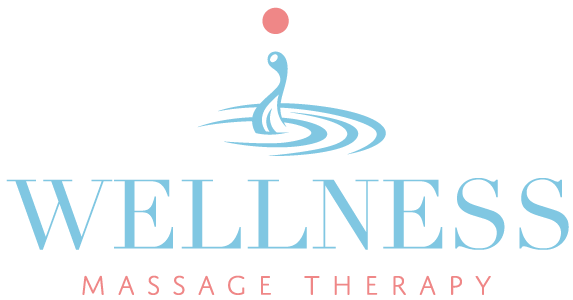Why Everyone Would Benefit From A Regular Massage
/Why Everyone Would Benefit from a Regular Massage
Although massage has been practiced for thousands of years, it is not until fairly recently that the general public has become aware of its many benefits. While those with muscular aches and pains often sought out a massage therapist to help them, it has now become apparent that the regular use of massage can promote both physical and mental health for everyone. Massage is not a luxury; it might almost be considered a necessary part of everyone’s lifestyle.
Dealing with Our Stressful World
The fast, often frenetic pace of the modern world leaves many of us feeling frazzled and stressed out. The elevated rate of depression and other mood related issues is reflected in the millions of prescriptions written every year for drugs to try to mitigate these mental problems. Often, people find it difficult to simply relax and enjoy life.
Stress can result in such negative effects as high blood pressure, cardiovascular disease, obesity, headaches, muscle pain, and insomnia. All of these are conditions that can seriously impact health. When we are stressed, our body releases cortisol. This hormone helps us to run faster or fight better, which is of use when running from a hungry bear or when your child is in danger. Under normal circumstances, the level of cortisol in the blood drops as soon as the crisis is over. However, in today’s stressful atmosphere, often the crisis is never over. Fortunately, massage is an excellent way to counteract stress and anxiety.
Massage therapy helps to release the body’s natural stress relievers – endorphins. These neurotransmitters are instrumental in producing a feeling of calm and well-being.
Simply being under the hands of a massage therapist causes the body and mind to relax; it’s not uncommon for those experiencing a massage to actually nod off.
Massage for Handling Aches and Pains
Although stress is a great contributor to muscular pain, there are numerous other ways that our bodies can be damaged and require the services of a massage therapist. Injuries incurred while participating in sports or work can cause pain not only in the muscles, but also in the ligaments and tendons.
Sprains are damage to the ligaments holding a joint in place and result in swelling, pain, and difficult in using the affected limb. Massage helps in healing sprains by bringing more blood to the affected area to speed healing, as well as helping to drain away excess fluid that has accumulated as a result of the injury.
Strains represent damage to muscle tissue. Overworked or overstretched muscles can experience tears in the fibres, causing pain, knotting, and stiffness. Your massage therapist will apply the proper technique to loosen up tight, stiff muscles, and the endorphins released during massage will help with pain reduction.
Exercise is instrumental in keeping both the body and mind strong, but it’s also very easy to overdo it while exercising – especially in the case of those who are engaged in bodybuilding. Both regular and deep tissue massage can help relieve pain and promote healing.
Is a Regular Massage Right for You?
The nice thing about massage is that it is never wrong. Not only is massage therapy perfect for dealing with stress and assorted aches and pains, it also bolsters the immune system to keep you healthier. The flexibility of the joints increases and more oxygen is delivered to all parts of the body (including the brain) as circulation improves.
Many people will use massage once or twice when dealing with a specific problem, and will come away feeling refreshed and revitalized. But, why wait until there is a problem to see a massage therapist? Scheduling a weekly or biweekly massage can help to keep you feeling better all the time – less stressed, more alert, and less likely to suffer from painful, tight muscles.
What it basically comes down to is this – regular massage by a massage therapist is one of the best ways to promote both mental and bodily health for everyone.

